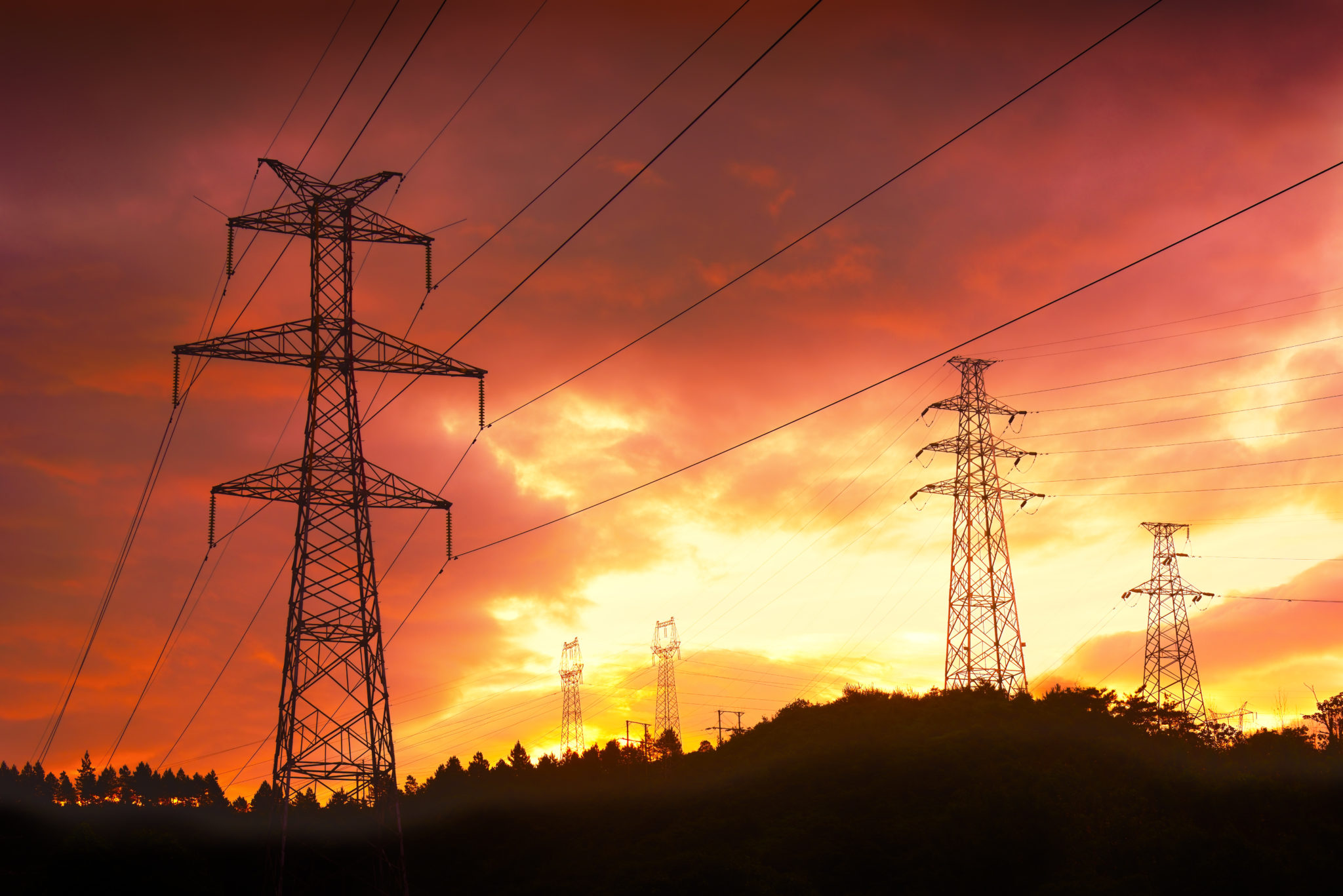Energy and Utilities Update | 29 May 2020
Published on 29th May 2020
In this edition we look at Ofgem's changes to the grid code which specify technical requirements for electricity storage facilities, an innovative SmartHubs project, the installation of carbon cutting core transformers by UK Power Networks, and more.

Ofgem approves grid code modification specifying technical requirements for electricity storage facilities
Ofgem has approved Grid Code Modification GC0096, which extends the Grid Code glossary and definitions section to include a clearer definition of 'storage'. The modification also clarifies the technical requirements for electricity storage facilities connecting to the National Electricity Transmission System. Consequently, energy storage facilities, such as batteries or hydrogen fuel cells, will, broadly speaking, be recognised as an energy generation asset under the Grid Code. The modification is welcomed by the energy storage sector. It will permit the development, maintenance and operation of an efficient system for the transmission of electricity, as well as encouraging competition (particularly in the balancing market) in the generation and supply of electricity by lowering the barriers for electricity storage connection.
As a result of the modification, the Grid Code will differentiate between controllable and non-controllable energy storage equipment, which will result in equal treatment of standalone energy storage assets and co-located energy storage assets. This may prove a useful boost for the standalone storage market and will surely give comfort to investors in standalone assets.
Read more here.
Innovative £31 million SmartHubs project to integrate heat, transport and energy into a virtual power plant
The SmartHubs Smart Local Energy Systems (SLES) project aims to facilitate the decarbonisation of heat, transport and energy across social housing, transport, infrastructure, residential and commercial properties in West Sussex.
The project was first announced in 2019 after receiving £13 million of funding through the government's Industrial Strategy Challenge Fund. This week the project partners announced that SLES will be progressing as planned, despite the current restrictions and uncertainty in light of Covid-19.
The £31 million project will be run by a consortium led by energy storage firm Connected Energy. The consortium also includes Newcastle University, who will provide data analysis and system modelling, and West Sussex County Council who will support the deployment of the assets in the project.
The initiative will integrate solar panels, battery systems and electric vehicle infrastructure within a virtual power plant to deliver low carbon power. The plans for the project include: a 2MW marine-source heat pump and a combined heat and power system; a grid scale 20MW battery made using second life EV batteries; air source heat pumps and a hybrid and hydrogen vehicle refuelling system.
This project is the first phase of a SLES system within the UK and it aims to demonstrate a procurement approach which can be replicated by local smart grids elsewhere.
Read more here.
UK Power Networks install carbon cutting core transformers
UK Power Networks (UKPN), the distribution network operator (DNO), is installing new steel core transformers at substations as part of its annual £500 million investment into the electricity network.
Following a successful trial of 50 units, UKPN has announced that it will install steel core transformers in the majority of its new construction projects, and use the new models when replacing existing transformers. These new high efficiency amorphous transformers are estimated to reduce the energy lost during transportation by up to 90%. UKPN plans to replace around 15,000 transformers over time, which would lead to an annual carbon saving of 8,500MWh.
The installation programme is part of the UKPN's Green Action Plan introduced in 2019 to reduce its impact on the environment and to support the UK's net zero carbon targets.
Northern Powergrid, another DNO, also began trialling amorphous transformers in December 2019 demonstrating a drive from network operators to cut electricity losses across the distribution network.
Read more here.
National Grid ESO and Scottish and Southern Electricity Networks' smart heating project
National Grid ESO (NGESO), the UK's energy system operator, and distribution network operator Scottish and Southern Electricity Networks (SSEN) are working alongside a number of other partners on a smart heating project funded by Ofgem's Network Innovation Allowance.
The 4D Heat Project is exploring the possibility of using the flexible demand for electric heat as a way of utilising surplus wind generation, without impacting the distribution network. It plans to use smart technology to monitor electric heating, so that heating systems will automatically adjust when wind farms are generating surplus power, avoiding generators having to be switched off.
The project will focus on an off-gas grid area in Scotland with a high number of homes with electric heating or with the potential to switch to electric heating. Electric heating is set to increase throughout Scotland with NGESO estimating that 380,000 homes in Scotland could move to electric heating and the Scottish government announcing that all new homes must use low carbon or renewable heating from 2024.
This is the initial phase of the 4D Heat Project and further initiatives are to follow. Project partners hope that it will set an example of how customer involvement and digital technology can be used to manage grid constraints and to decarbonise the energy system. If successful, this presents an interesting approach to constraint management without recourse to disconnection of plant at a time when NGESO faces unparalleled challenges in keeping the network balanced.
Read more here.
Proposed cost of Hinkley-Seabank cut by £60 million
Following a consultation launched in October 2019 (as we reported here) to cut the Hinkley-Seabank project costs by £80 million, Ofgem has confirmed that the proposed cost of the Hinkley-Seabank project will be reduced by £60 million.
The Hinkley-Seabank transmission project will facilitate safe connection of Hinkley Point C power station to the grid, and also provide additional capacity in the South West of England. It will be one of the largest extensions of the transmission network in recent decades.
Ofgem's decision provides National Grid Electricity Transmission (NGET) with a total allowance of £655.7 million for delivery of the project, which is £60 million lower than its £717.7 million request. As part of the £657.7 million allowance, £42.5million is earmarked for project management, a figure which Ofgem state reflects "an efficient level of resource" to deliver the project.
The reduction comprises:
- a £34 million reduction in the up-front contingency allowance for the project;
- a £12.3 million reduction in relation to the project's overhead line works, specifically associated with the construction and installation of T-pylons;
- a £8.2million reduction in NGET's project management costs;
- a £3.2 million reduction in costs associated with works to be carried out by the local distribution network operator;
- a £2.2 million reduction for land compensation and legal fees; and
- a £100,000 reduction relating to an unlet telecommunications contract.
Read more here.
SSE pleads with government to target net-zero electricity system by 2040
SSE, the energy supplier, has written to the Prime Minister Boris Johnson, the Treasury and the Department for Business, Energy, Innovation and Skills, outlining its policy proposals to enable the government to recover from the economic disruption caused by the Covid-19 pandemic and to create a net zero power system by 2040.
SSE suggest that the starting point for a net-zero economy by 2050 must be a net-zero electricity system by 2040, in order for the electricity system to decarbonise other sectors including heat, industry and transport.
SSE highlight five policy proposals which it identifies as necessary for working towards a cleaner, more resilient economy and making progress to net zero targets. These are:
- a net zero power system by 2040;
- strategic investment in networks;
- a clean industrial revolution;
- leading the charge on electric vehicles; and
- green buildings for green jobs.
In order to meet the 2040 target, SSE note that the government should deliver its target of 40GW of offshore wind by 2030, as well as aiming for a minimum of 75GW by 2050. SSE also recommend that the government goes further than its current proposals to bring forward the ban on the sale of new petrol and diesel vehicles to 2035 by bringing this target further forward to 2030.
Access the SSE Greenprint here.



